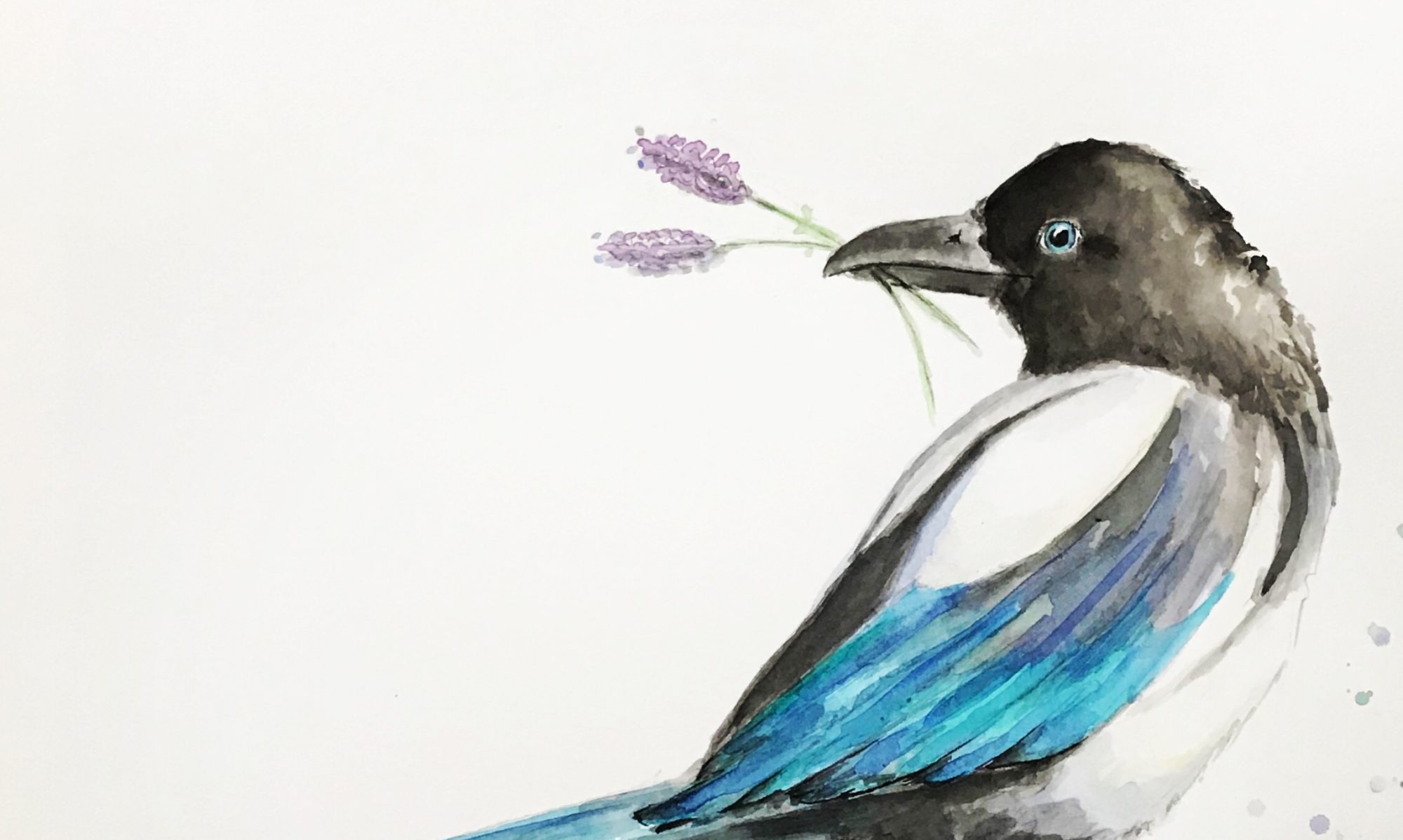Last year I was diagnosed with Chronic Dry Eye Syndrome. I had no idea that having dry eyes was a “diagnosable” situation having always just chocked it up as annoying and not worth much mention.
I get dry eyes in the winter, in sync with the furnace kicking on and humidity levels dropping in queue with the thermostat here in New Hampshire. Most of us experience a physical reaction to the reduced air moisture. Many of us complain of dandruff, eczema, nosebleeds and other lovely bodily ailments that never seem to make it into those posed holiday cards. Go figure. In the past, I have mitigated my dry eyes (and nose, throat, etc.) by keeping a humidifier running in the bedroom overnight. When I went to the optometrist in early November thinking my suddenly sensitive eyes could be an infection of sorts, it never crossed my mind that the dryness of my eyes might be the culprit behind a series of recent ocular issues.
It was right around the first week of September (I was 31) when I began to develop some pretty serious photosensitivity. For those of you unfamiliar with that fun word, it can be summed up as follows: photosensitivity means your eyes shrivel up inside of their sockets whenever they are exposed to bright light. Think of a vampire meeting a sunbeam and Buffy. Just kidding, you don’t need to recall Buffy, but you did! This light source can be synthetic (like a lamp, backlight, lantern), or natural (think sunlight, the moon, or fire). Photosensitivity isn’t particular to the origin of illumination.
In truth, your ocular orbs don’t actually shrivel up, but keeping them open to any light source on a bad day is like trying to encourage a toddler to do something they don’t want to: it’s difficult, messy and rarely successful. Ever get salt or citrus oils in your eyes? Yup. That was how I experienced photosensitivity. Attempting to keep my eyes open when exposed to natural light in particular resulted in some Olympian-strength-squinting paired with uncontrollable weeping (and of course, it’s siamese twin, nasal discharge aka dripping snot) and driving with only one eyeball open at a time since sacrificing both to the glaring light of day was a less painful option than colliding with a telephone pole. I exaggerate…but only just.
My eyes a year ago were so sensitive that I couldn’t turn on any lights in my house without firstly covering my sight orbs with my hands so I could filter it through my fingers. I had tension headaches from squinting and my eyes involuntarily closed when exposed to anything illuminated or reflective. Check a text in the dark: impossible. Drive at night with headlights beaming through the windshield: torture. Keeping them open and focused during my morning commute was harder than holding a plank for five minutes and I really did learn how to drive with a palm covering one eye before switching to the other when it became too painful for the current sacrificial ocular organ. I began wearing sunglasses both inside and out since the overhead fluorescents were as offensive as sunshine, and the more attention I gave to my sensitive eyes, the worse they seemed to get. It was miserable and it wasn’t getting better on its own.
When I say that I literally peeled my upper eyelid off of my eyeballs upon waking last year, I am not joking. Trust me, it felt as awful as you just did while reading that last sentence.
You’d think that sleep would be a reprieve. My lids could shade my wounded eyes and repair could take place during slumber. Unfortunately, that is not the case when you have chronic dry eyes. You see, when you sleep, your body continues to create that thin film of lubrication that coats your eye and keeps them, well, lubricated. For those of us who are already challenged by that autonomic function, the problem doesn’t take the night off.
When I say that I literally peeled my upper eyelid off of my eyeballs upon waking last year, I am not joking. Trust me, it felt as awful as you just did while reading that last sentence. And this, as it turns out, is where the real damage can occur. When our eyes aren’t properly lubricated, our eyelids can’t slide smoothly over the eye itself; and when our eyelids are sticking to our eyeball, and are physically pried off as a result, this can lead to cornea damage. for reals. I waited a month before booking an optometry appointment because I’m stubborn [read: stupid] and thought it would remedy itself. That putting-it-off period was a big, fat, f#$%ing oops on my part.
To better understand this dry eye hell I’m about to explore, let’s go over the basics of our eyeball lubrication system, shall we? Disclaimer: A.) I’m not sure that’s what Mr. Gray and friends refer to it as (eyeball lubrication system) but that is I’m coining it from here on out; B.) I am not a professional. I just had to learn a lot about eye anatomy and physiology in order to improve my own ocular health and this is what I learned.
We (like many other land mammals) have a microscopically thin, three-layered coating of lubrication that shields our cornea, the transparent outer layer of the eye that bends and refracts light. This layered coating is referred to as the tear film. So far, so good, right? Farthest from the actual corneal surface is the meibum layer, composed of a variety of lipid oils. Its main purpose is to prevent the middle layer, the aqueous layer (think tears), from dissolving too quickly. The last layer is flush with the surface of the cornea and is comprised of mucous. Yep, mucous. It is the last line of defense for the cornea (protecting it against microbes) and blends with the aqueous layer to prevent our tears from simply slipping right over our eyelids. Its mucilaginous properties add a viscosity to the tear film and aid in blinking since mucous is, well, you know…slimy. With me so far?
All three layers work in conjunction with one another to keep the cornea (and all the fleshy pink parts around the immediate eye) both lubricated and protected. For those of us with dry eyes, that lubrication (the tear film) is like a watered down cocktail: it contains all the active ingredients, but they’re not in proper proportions. Imagine a martini with 2.5 ounces of vermouth and a splash of gin, garnished with a full sized onion… yikes. Or a Bloody with 5 ounces of vodka, 27 olives and an ounce and a half of tomato juice…oh wait, that’s how I make mine #russian #heartburn.
In addition to our lubrication glands being dyslexic with the recipe book, it seems that many of us dry eye sufferers also have an overactive drainage system (tear ducts) so even if we were able to produce an effective combination of lipid oils, water and mucus, that blend is being removed from the eye too quickly to serve its purpose. Come on!

More blinking = more tear film production, so what’s the problem?
So how does this relate back to sleep? Well, during the day it is our blinking that keeps these layers present and functioning. Blinking stimulates the excretion of oil, water and mucus from their respective glands. The up and down action of our blinking also helps to blend these elements and of course, wipe away any airborne detritus like dust or lint. Blinking is pretty crucial as we can all attest to. Interestingly enough, people with chronic dry eyes are reported to blink more frequently than the average person. You’d think that would mean our eyes are in great shape. More blinking = more tear film production, so what’s the problem? We do this, it would appear, because our lubrication system is so flawed that we try to make up for it by milking those glands to our best abilities through subconscious, repetitive blinking.
Unfortunately, because our tear film cocktail isn’t potent enough, the excessive blinking doesn’t help. Is there such a thing as too much blinking? Not to my knowledge, but you can blink wrong. How do I know this? Because I do… blink wrong, I mean. Failing a semi-autonomous body function? Way to go Willa! I am what they call a “flutter” blinker, meaning that while I do blink at a healthy rate, I close and reopen my eyes so quickly that my upper and lower lids don’t actually touch completely. Essentially, my blinks are both incomplete and unsuccessful, sort of like our current government. I blame my flutter blinks on FOMO; I just don’t want to miss a thing! Those of you with healthy eyes, you take blinking for granted, I assure you. So back to the sleep scenario.
While we sleep, meibum, the oily liquid blend that composes the outermost layer of our tear film, assists in sealing our eyes closed for our night’s rest. You know that feeling when you’re just on the brink of sleep, eyes closed, dreams in reach, and then some annoying loved one (cat, dog, partner, child, ghost) pesters you and you have to pry your lids apart? It’s not just the fatigued muscles around your eyes that make it feel as though your lids are sealed together. It’s the meibum whose lipid constituents also contain wax. This wax creates a natural adhesive along the eyelids that aids in keeping them shut while we dream sweetly, unaware. Our eyes need to be shut during slumber in order to heal and repair from the day’s exposure to, you name it: wind, UV rays, airborne allergens, microbes, dust, etc. Your meibomian glands, I should note, are located along your inner eyelids, aka, the eyeliner landing strip. These glands remain active during sleep, even though blinking ceases.
Some scientists suggest that the meibomian glands are actually overactive during rest and this excess of meibum fluids solidifies into the sleepy seeds we get in the corners of our eyes in the morning. Some of you call it eye gunk but I’m sticking to sleepy seeds. It’s cute, like my pal Jon who introduced me to the term, and cute like the sandman used to be before I got older and recognized the moral flaws behind that notion. A weathered stranger breaking and entering our homes in order to screw with our subconscious while we’re conked out and oblivious to his presence… is that seriously expected to elicit sweet dreams? #nothankyou #nightterror
It’s safe for you to assume that us dry-eyed wonders don’t produce enough meibum at night; shoot, we can’t produce it properly during our waking hours. This can lead to our eyelids ineffectively sealing for our restful state which consequentially result in a complete drying out of the eye during those long hours of sleep. Waking sucks since our eyes are now watering and stinging as they try to compensate for the prior period of air exposure. I haven’t found any research to support it yet, but I imagine our REM sleep is affected as well since I can’t imagine our eyes can roll around subconsciously if they’re latched to an upper lid… More on that as I find supportive evidence.
My next blog will discuss what the doctors prescribed, what I tried, and how I now holistically manage my chronic dry eye. Stay tuned!

I tip have dry eye can you email me what you tried?
Hey Donna.
I just uploaded the follow up post describing what I use to control my symptoms. I wish you the best! I am so thankful I was able to manage my own chronic dry eye without requiring pharmaceuticals. I hope you have similar results!